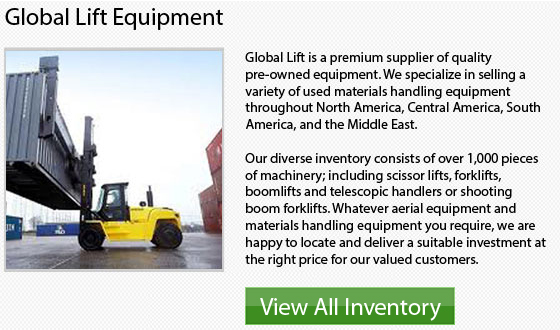
The well-known Gradall excavator traces its roots back to the start of the 1940s. During this time, the second World War had caused a scarcity of laborers since most of the young men went away to war. This decrease in the labor force brought a huge demand for the delicate work of finishing and grading highway projects.
Ferwerda-Werba-Ferwerda was a Cleveland, Ohio based construction company that faced this particular dilemma first hand. Ray and Koop Ferwerda were brothers who had moved from the Netherlands. They were partners in the company that had become amongst the leading highway contractors in the state of Ohio. The Ferwerdas' set out to make a machinery which would save their business and their livelihoods by inventing a model which would carry out what had before been physical slope work. This creation was to offset the gap left in the workplace when lots of men had joined the army.
The brothers initially created an apparatus that had 2 beams set on a rotating platform, which was fixed on top of a second-hand truck. They used a telescopic cylinder to be able to move the beams in and out. This enabled the fixed blade at the end of the beams to push or pull dirt.
After a short time, the Ferwerda brothers improved on their first design. They made a triangular boom to produce more strength. After that, they added a tilt cylinder that enabled the boom to rotate 45 degrees in either direction. This new model can be equipped with either a bucket or a blade and the attachment movement was made possible by placing a cylinder at the back of the boom. This design powered a long push rod and allowed much work to be completed.
Many digging buckets became available on the market not long later. These buckets in sizes ranging from 15 inch, 24 inch, 36 inch and 60 inch buckets. There was additionally a 47 inch heavy-duty pavement removal bucket which was available too.